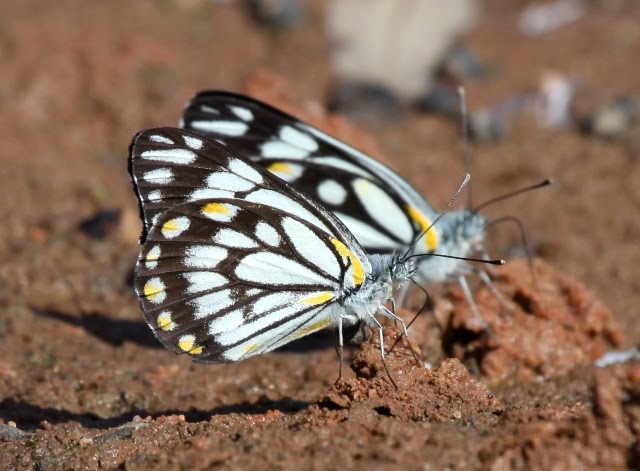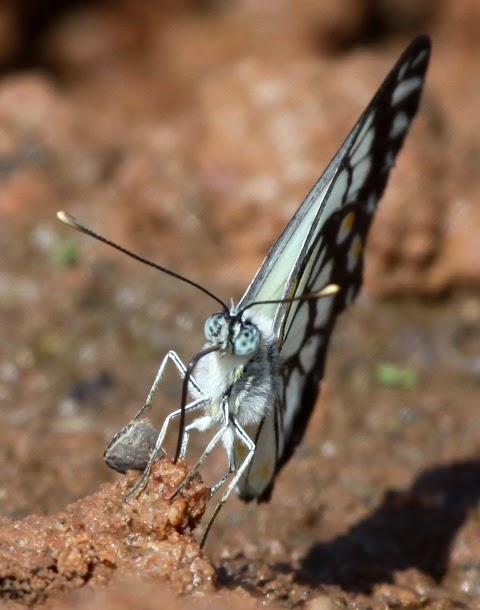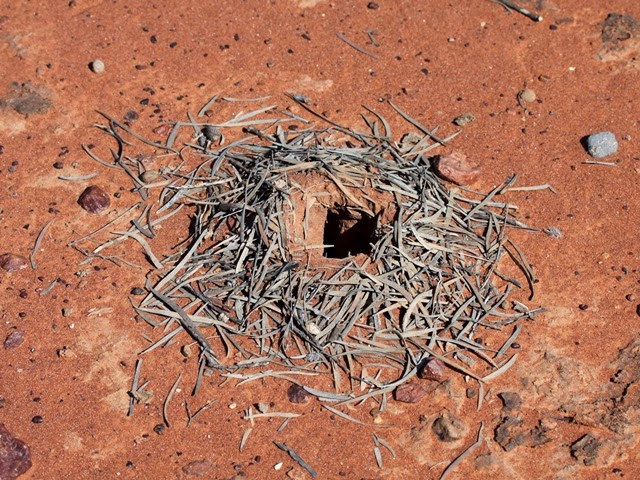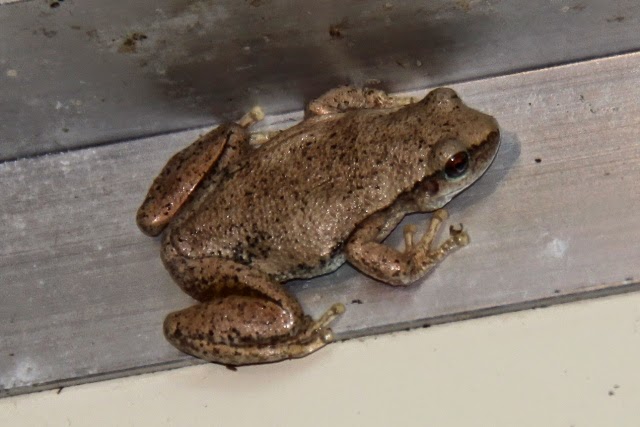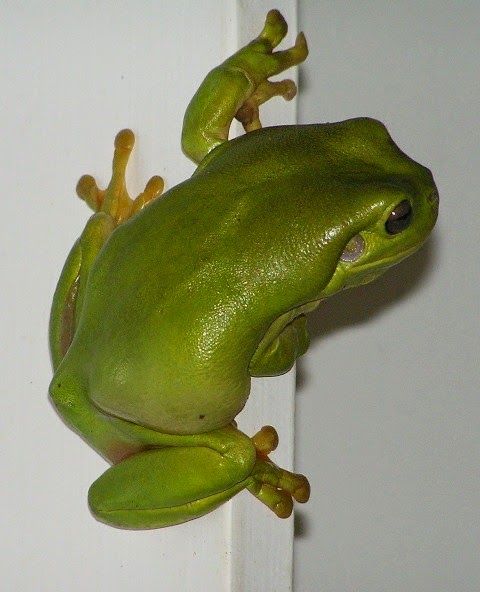During my trip to the Capricornia cays of the Great Barrier Reef earlier this year, one group of birds in particular stood out for me – the terns.
Perhaps this is partly because the only new bird I got for the entire trip was a Roseate Tern, but also because they were prominent both in numbers and species. And they’re beautiful! In all, I saw eight different species of tern.
The gulls and noddies are closely related to the terns, and though the details of their relationships are still being disputed and resolved, they are currently all included under a single family, the Laridae. It seems the noddies represent the oldest lineage of the group, followed by the gulls, and the terns are the most recently evolved, but even so, we are talking about 40-50 million years ago.
So I'll start with the noddies. The Black Noddy Anous minutus is one of the key species we were surveying on the trip, and we counted many thousands of them (see previous posts). They are beautiful birds, but very noisy at their breeding colonies and one could be forgiven for thinking they lived up to their name - anous means having no nous, i.e. "stupid bird". I also saw a single Brown Noddy Anous stolidus - which essentially means "stupid stupid bird" - but didn't manage a photo. It was too smart and flew away!
 |
| Black Noddy amongst the pisonia foliage on Northwest Island. |
 |
| Black Noddies are very vocal, making a range of clicks, churrs, and rattles day and night. |
 |
| Black Noddies build a nest of pisonia leaves glued together with faeces. |
 |
| Black Noddy chick on its nest. It's not uncommon for them to fall, or be blown off. Anous? |
 |
| During the day, Black Noddies will sunbathe, often in sociable groups. |
 |
| This pair of Black Noddies is in pair-bonding flight: rapid synchronised flying with clicking contact calls. |
Silver Gulls Chroicocephalus novaehollandiae are Australia's most common and familiar gull, and are often taken for granted. But they are exquisitely beautiful birds. They generally breed in less accessible locations, often on offshore islands, so it was wonderful to be able to see the various stages of breeding on Heron Island, from eggs through to adolescents, all together.
 |
| Silver Gull eggs hatching - the 'star cracking' is obvious and the egg tooth is visible on the chick's bill. |
.jpg) |
| Silver Gull chick, probably just a day old, waiting for its siblings. |
 |
| Juvenile Silver Gull - still got a little growing up to do, particularly its tail. |
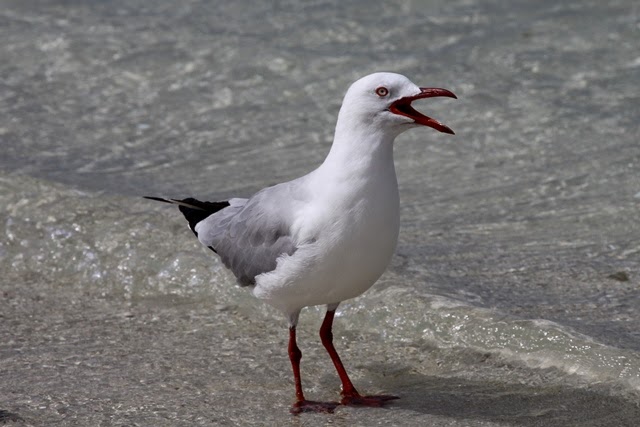 |
| Adult Silver Gull - parent of the juvenile in the previous photo, telling me to keep my distance. |
 |
| A slightly older juvenile Silver Gull in flight. |
Of the terns, I saw a Caspian Tern Hydroprogne caspia first (in Gladstone), Crested Terns Thalasseus bergii were around but less common on the islands than they often are in coastal towns and harbours, and it was good to see a group of eight Lesser Crested Terns Thalasseus bengalensis which I don't see in my more usual southern haunts. And a flock of 20 Little Terns Sternula albifrons, together with the lesser cresteds, were part of an amazing mixed species high tide roost on Northwest Island.
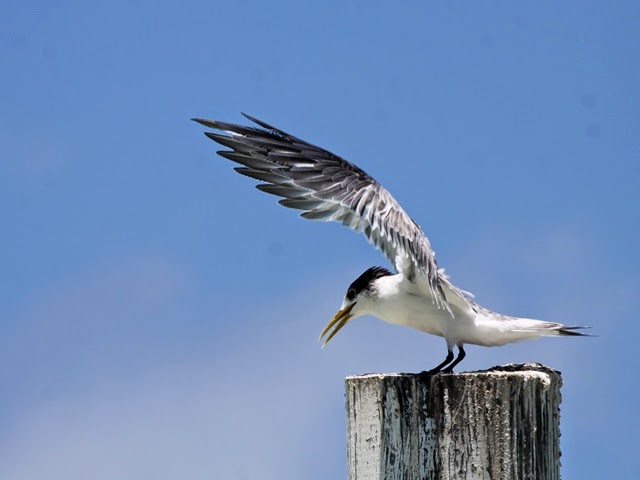 |
| A young Crested Tern at Heron Island. |
 |
| One of a group of eight Lesser Crested Terns at a high tide roost on Northwest Island. |
.jpg) |
| Scattered amongst the other birds of the high tide roost were 20 Little Terns - they're the grey and white birds with the black bills and caps, and are much smaller than the Lesser Crested Terns. |
A Common Tern Sterna hirundo, which aren't really all that common in Australia, had commandeered a buoy just off from the jetty on Heron Island, and another was seen briefly on Lady Musgrave Island.
 |
| Common Tern on buoy at Heron Island. |
As I mentioned, the Roseate Tern Sterna dougallii was the only new bird I came across on the trip - my 590th bird for Australia.
 |
| A small group of Roseate Terns at Heron Island, though I saw my first a few days earlier on Northwest Island. Three of these are in breeding plumage - red bills and legs, full dark caps; but one looks like a young bird with dark bill, patchy forehead, and black legs. |
 |
| Reversed colour schemes of a Black Noddy and Roseate Tern - Lady Musgrave Island. |
 |
| Roseate Tern in partial breeding plumage - full black cap but black rather than red bill. |
But perhaps my favourites were the Black-naped Terns Sterna sumatrana and Bridled Terns Onychoprion anaethetus. I had previously only seen these species in small numbers and usually from quite a distance, so to see so many so close was very special.
 |
| A Black-naped Tern, still ruffled from a bout of preening. |
 |
Black-naped Terns ready to take flight on Heron Island.
 |
Black-naped Terns, Heron Island.
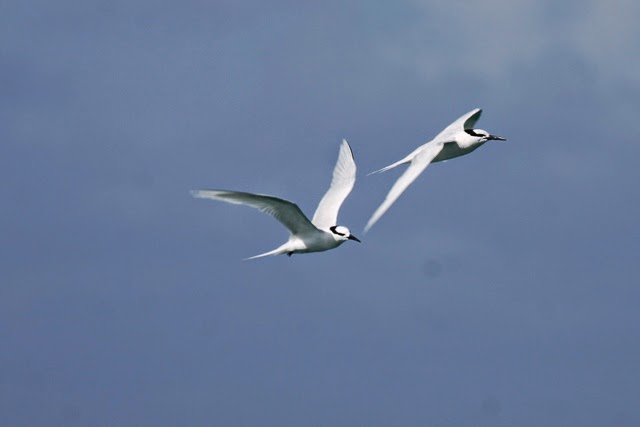 |
| Black-naped Terns over the jetty at Heron Island. |
|
|
 |
| Bridled Tern, Heron Island. |
 |
| The bold colour scheme of an adult Bridled Tern. The white leading edge to the forewing is distinctive, even in flight. |







.jpg)




.jpg)





.jpg)












.jpg)












.jpg)
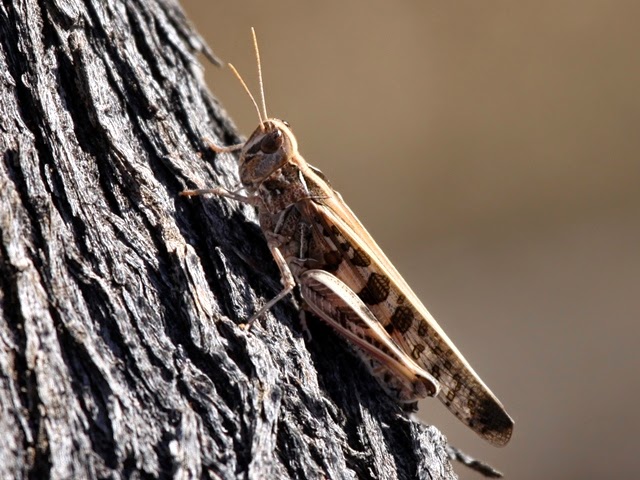
.jpg)





